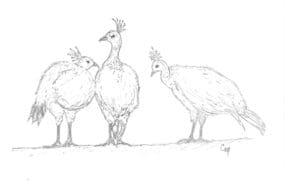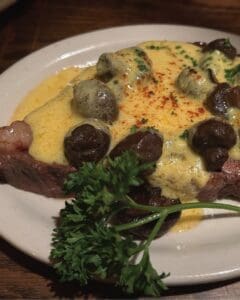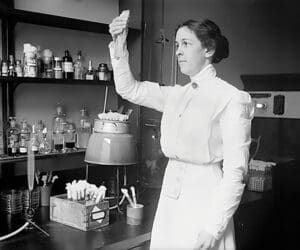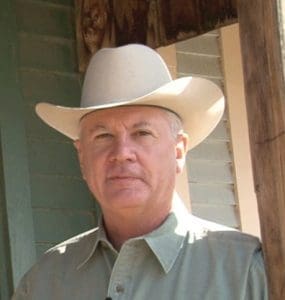Lidocaine-Infused Castration Bands Provide Long-Term Relief
By Burt Rutherford Contributing Editor
“We’ve been castrating animals for a long time,” says Doug Shane, DVM, Ph.D., veterinarian with Solvet. “It’s an important part of how we manage animals, but we know it causes pain.”
Indeed, pain management has become an important part of the animal welfare conversation. That’s as it should be. “We need to provide pain relief when we’re performing painful procedures to cattle,” Shane emphasizes.
However, bridging the gap between thought and action takes innovation. Which is exactly what happened when Merle Olson, DVM, MS, and a group of others asked themselves a question: “Why couldn’t we put a local anesthetic within a castration band?”
From that question came Lidoband, a lidocaine-infused castration band introduced in the United States two years ago by Solvet. The castration bands contain 80 milligrams of lidocaine infused into the latex rubber and attached to the outside.
Olson, who owns Solvet along with his wife, Barbara, also a veterinarian, is based in Calgary, Alberta. The company name is short for Solutions for Veterinarians. And beef producers.
The lidocaine on the outside of the castration band stops any immediate discomfort when the band is placed on the calf. Then the lidocaine is slowly released from the band, providing an anesthetic effect for 42 days. “So it’s providing that anesthetic shortly following band placement all the way until all the tissue falls off the calf,” Shane says.
That’s a clear and very present advantage in pain management and animal welfare. But pain management has a bottom-line effect as well.
According to Shane, research using Lidocaine bands vs. regular castration bands and knife castration shows that calves castrated with Lidobands stay on feed and continue to gain weight while calves castrated with other techniques actually lose weight in the week following castration and then stay behind. “Pain intervention helps prevent that weight loss that happens because of the pain,” Shane says.
One study showed a weight difference in young beef-dairy cross bull calves of 2.7 pounds more per head for Lidobanded calves vs. knife castrated calves 28 days after banding. That pencils out to a net advantage of $9.42 per head for Lidobanded steers.
The procedure for applying Lidobands is no different than using any other castration band, Shane says. But you have to be able to count to two.
“Go around the neck of the scrotum, closest to the belly, and pull down,” Shane explains. “Make sure both testicles are there. Then expand the band and put it above the testes, making sure they’re below where the band is.” Release the expanding tool and do it on the next calf.
But before you do, it’s a good idea to double check. “Once you’ve placed the band while the calf is restrained, get in there and make sure that both testes are below the band,” he advises.
Remember, working calves isn’t a timed event. Take your time regardless of what you’re doing and make sure you’re doing it right, following BQA guidelines.
Starting this year, Lidobands will come in different sizes. The smallest are made for calves up to 250 pounds. The Lidoband Tri will be for calves 200 to 400 pounds; Lidoband XL for calves up to 750 pounds; and EZ for bull calves heavier than 750 pounds. Any banding tool works with the small bands. However, the larger bands require a different applicator, Shane says. The new band sizes should be available through distributors by late spring.
“We want to promote and encourage early castration as much as possible,” Shane says. “But we know that in various production systems, that sometimes doesn’t work out.”
That’s one of the reasons for the larger bands, he says, to give the option of providing some pain relief to an animal that size. “You can definitely tell when you band a 7- or 8-weight bull and you send ‘em off. They’ll lay up in the pen and they’re off feed for a while.”
That, he emphasizes, not only impacts production, “but we now create a positive message that while we still need this practice, we can do something for these bull calves so they’ll be more comfortable as we go through that process. We see this as doing the right thing for the calves in our care.”





